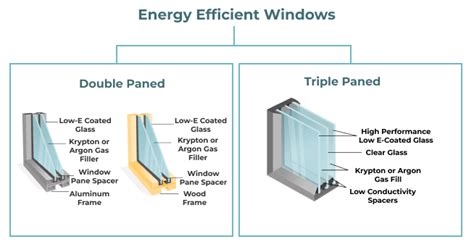Energy Efficient Windows: Tinting Cost vs. Savings
Energy-efficient windows are a significant investment, but the long-term savings on your energy bills can make them a worthwhile upgrade. Window tinting is one method to improve energy efficiency, but understanding the cost versus savings is crucial before making a decision. This article will explore the financial aspects of window tinting, helping you determine if it's the right choice for your home.
What is Window Tinting?
Window tinting involves applying a thin, semi-transparent film to your existing windows. This film reduces the amount of solar heat entering your home during the summer, keeping your interior cooler and reducing the strain on your air conditioning system. In winter, it can help retain heat, minimizing reliance on your heating system. Different tints offer varying levels of solar heat rejection and visible light transmission, allowing you to customize the look and energy efficiency.
Cost of Window Tinting
The cost of window tinting varies depending on several factors:
- Size of windows: Larger windows naturally cost more to tint.
- Type of film: Different films offer varying levels of performance and therefore different price points. Higher-quality films with superior UV protection and heat rejection tend to be more expensive.
- Number of windows: The more windows you have, the higher the overall cost.
- Installer: Prices can vary between professional installers, so it's crucial to obtain multiple quotes.
- Accessibility: Hard-to-reach windows, like skylights or high windows, might increase labor costs.
While you can find DIY window tint kits, professional installation is generally recommended for a flawless, long-lasting result. Expect to pay anywhere from a few hundred dollars for a small project to several thousand dollars for a large home. It's always best to get detailed quotes from multiple reputable installers.
Savings from Window Tinting
The savings you realize from window tinting will depend on several factors:
- Climate: In hot, sunny climates, the savings will be more substantial as your air conditioning will work less hard. Conversely, in milder climates, the savings might be less pronounced.
- Window Orientation: South-facing windows typically receive the most direct sunlight and therefore offer the greatest potential for energy savings.
- Existing Windows: The efficiency of your existing windows will also influence the overall savings. Older, poorly insulated windows will see a greater improvement than newer, energy-efficient ones.
- Energy Prices: Fluctuations in energy prices directly impact the return on investment.
While it's difficult to provide a precise dollar amount, many homeowners report a noticeable reduction in their energy bills after window tinting. The savings accumulate over time, gradually offsetting the initial investment.
How Long Does it Take to Recoup the Cost?
The payback period for window tinting varies significantly depending on the factors mentioned above. In some cases, you might see a return on your investment within a few years, while in others, it might take longer. It’s essential to get detailed quotes from installers and use energy usage data to create a personalized estimate.
Is Window Tinting Worth It?
Whether window tinting is worth it depends on your individual circumstances. Consider these factors:
- Your climate: If you live in a hot climate with high energy costs, the savings could be significant.
- Your budget: Weigh the initial cost against your projected savings.
- Your home's energy efficiency: The greater the potential for improvement, the more worthwhile the investment will be.
A thorough cost-benefit analysis, including professional quotes and estimates of energy savings, is recommended before making a decision.
What are the other energy-efficient window options?
Besides tinting, several other options can improve energy efficiency:
- Replacement windows: Installing new, energy-efficient windows offers the most significant improvement in long-term energy savings but carries a much higher upfront cost.
- Window insulation films: These films are similar to tinting but usually offer lower heat rejection.
- Storm windows: These are secondary windows installed over existing ones, creating an air gap that improves insulation.
How long does window tint last?
The lifespan of window tint typically ranges from 5 to 10 years, depending on the quality of the film, environmental conditions and proper care and maintenance.
What are the benefits beyond energy savings?
Beyond energy savings, window tinting offers additional benefits such as increased UV protection for furniture and flooring, reduced glare, and enhanced privacy.
Ultimately, the decision of whether to tint your windows hinges on a careful evaluation of costs, projected savings, and your individual needs and circumstances. By understanding the factors that influence both the cost and the savings, you can make an informed decision that best suits your home and budget.

